Today, the most interesting developments are happening in Ukraine.
Following the success of the US-supplied Hi-mars in Ukrainian hands, Russia began developing its own mobile precision artillery system, aiming to replicate the Hi-mars’ battlefield impact: the Sarma. However, the latest Sarma variant reveals clear differences in specifications and effectiveness, highlighting the challenge of matching a system that redefined modern artillery warfare.
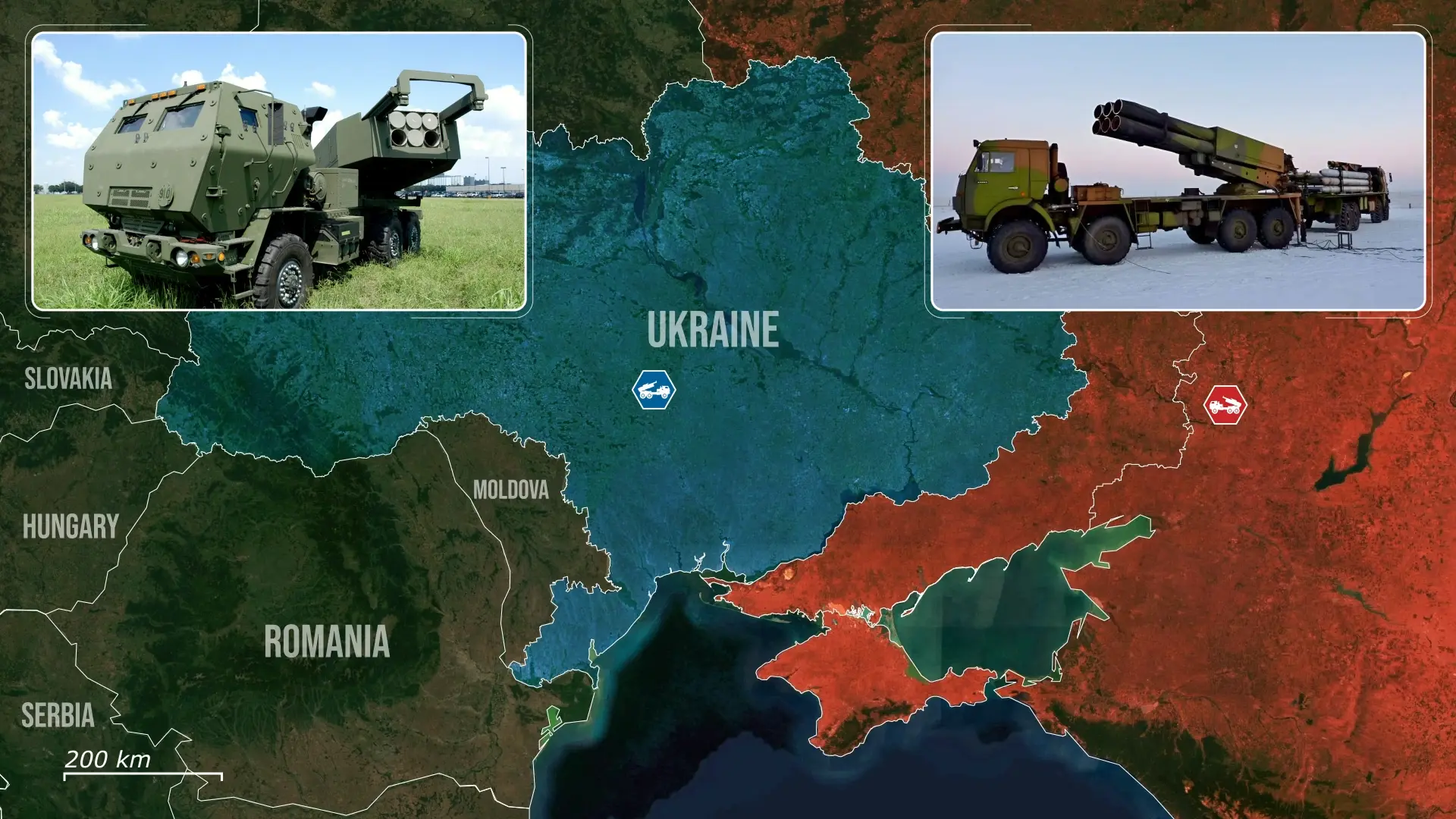
The Russian military has recently purchased 12 new 300 millimeter Sarma systems, quickly promoted as the Russian answer to Hi-mars. The decision followed the devastating Ukrainian strikes in 2022, when Hi-mars attacks on ammunition depots and troop concentrations repeatedly exposed major vulnerabilities in Russian logistics.

In response, Moscow revived and upgraded the long-dormant Sarma project, originally developed over a decade earlier, and began limited production. The system is a lighter, more mobile version of the Tornado-S, using the same family of 300-millimetre rockets, including guided variants with different warheads.
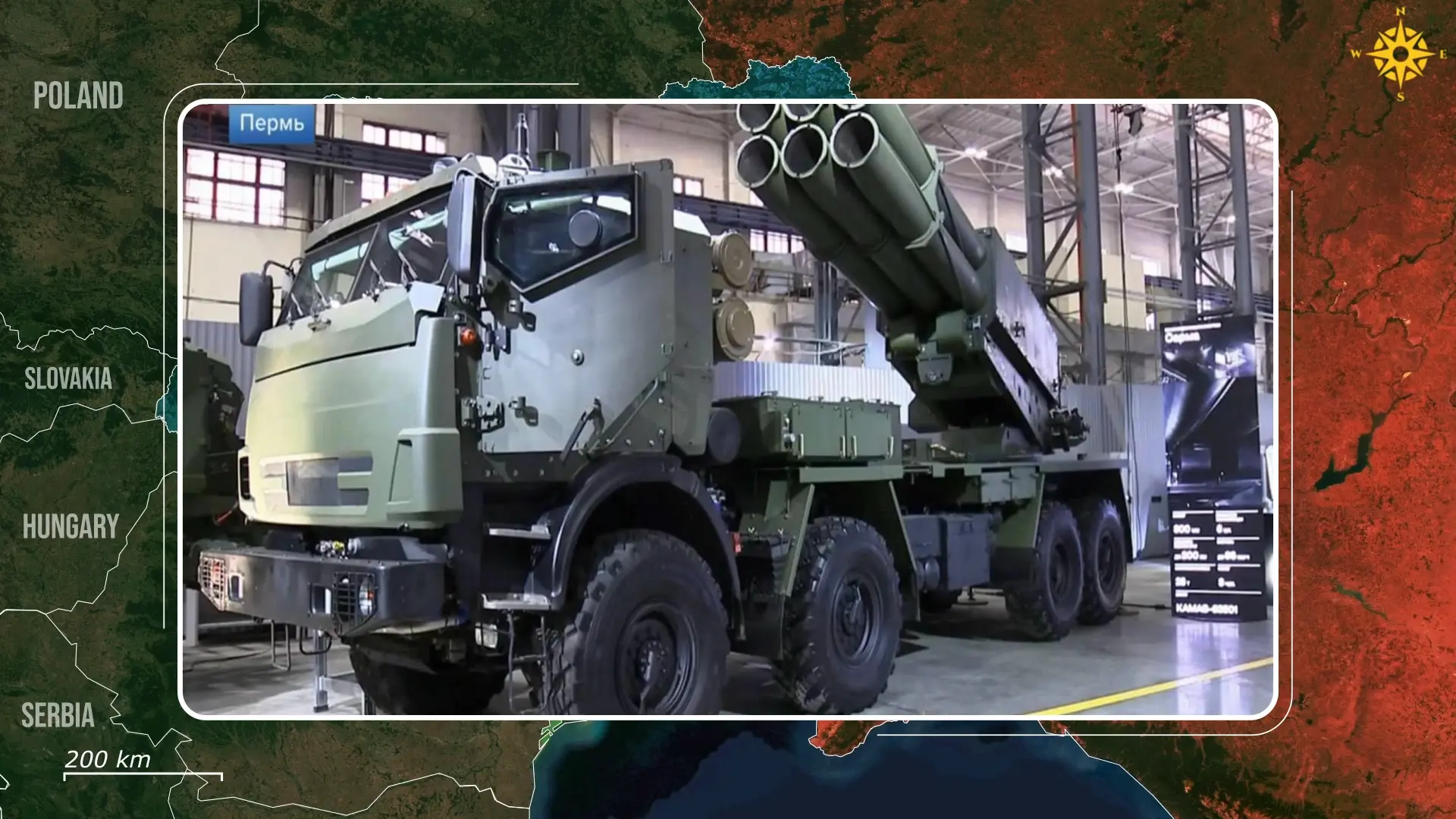

Yet despite the rebranding, the alleged “Russian Hi-mars” still falls short of its Western counterpart.

When comparing the Sarma to the American Hi-mars, the difference in range and precision remains the most significant. The Hi-mars can strike targets up to 80 kilometers away with the standard GMLRS rockets, and up to 300 kilometers with Atacms. Its precision, with an accuracy of around two meters thanks to GPS guidance, allows for pinpoint strikes on critical assets. The Sarma, on the other hand, reportedly reaches about 120 kilometers with guided rockets, but its accuracy remains questionable due to Russia’s less advanced navigation systems, which are more prone to jamming and signal disruption.

The Sarma uses the soviet standard 300 millimeter class ammunition, larger than the 227 millimeter Western counterpart. However, Hi-mars operates with a modular pod system, allowing quick reloading and flexible mission profiles; instead of the older rocket-by-rocket reload setup, still present in the Sarma. In practice, this favors better shoot and scoot tactics, as Hi-mars crews can fire, relocate, and reload before enemy counter-battery fire arrives, while Sarma remain more exposed. Finally, Sarma’s production itself is cheaper, with a price per unit of 1.9 million dollars against the Hi-mars' 14 million dollars. Nevertheless, Russian sources reveal that the cost per unit of their guided missiles is 300,000 dollars, almost twice as expensive as the Hi-mars’, with a price tag of 168,000 dollars. This disparity stems from the larger and heavier design of the Russian munitions, as well as its reliance on imported and sanctioned components.

Despite these differences, the Russians claim that Sarma adds several capabilities absent in Hi-mars. Its heavier 300 millimeter rockets allow a single shot to have effects closer to a small aerial bomb, increasing destructive potential against fortified positions or large troop concentrations. The system is also designed to accept experimental long-range or specialized munitions, including glide-assisted rockets or seekers targeting emitters and hardened infrastructure, which could potentially reach up to 200 kilometers.

Nonetheless, the Sarma is still outclassed, as experimental and potential capabilities do not match the solid and reliable battle-proven effectiveness of Hi-mars. Although the guided munition of Sarma outranges the basic guided missile of the Hi-mars, it is still heavily outranged itself by the Atacms missile that can reach 300 kilometers. This means that if needed, Hi-mars can already strike 100 kilometers further than any experimental Russian munition.
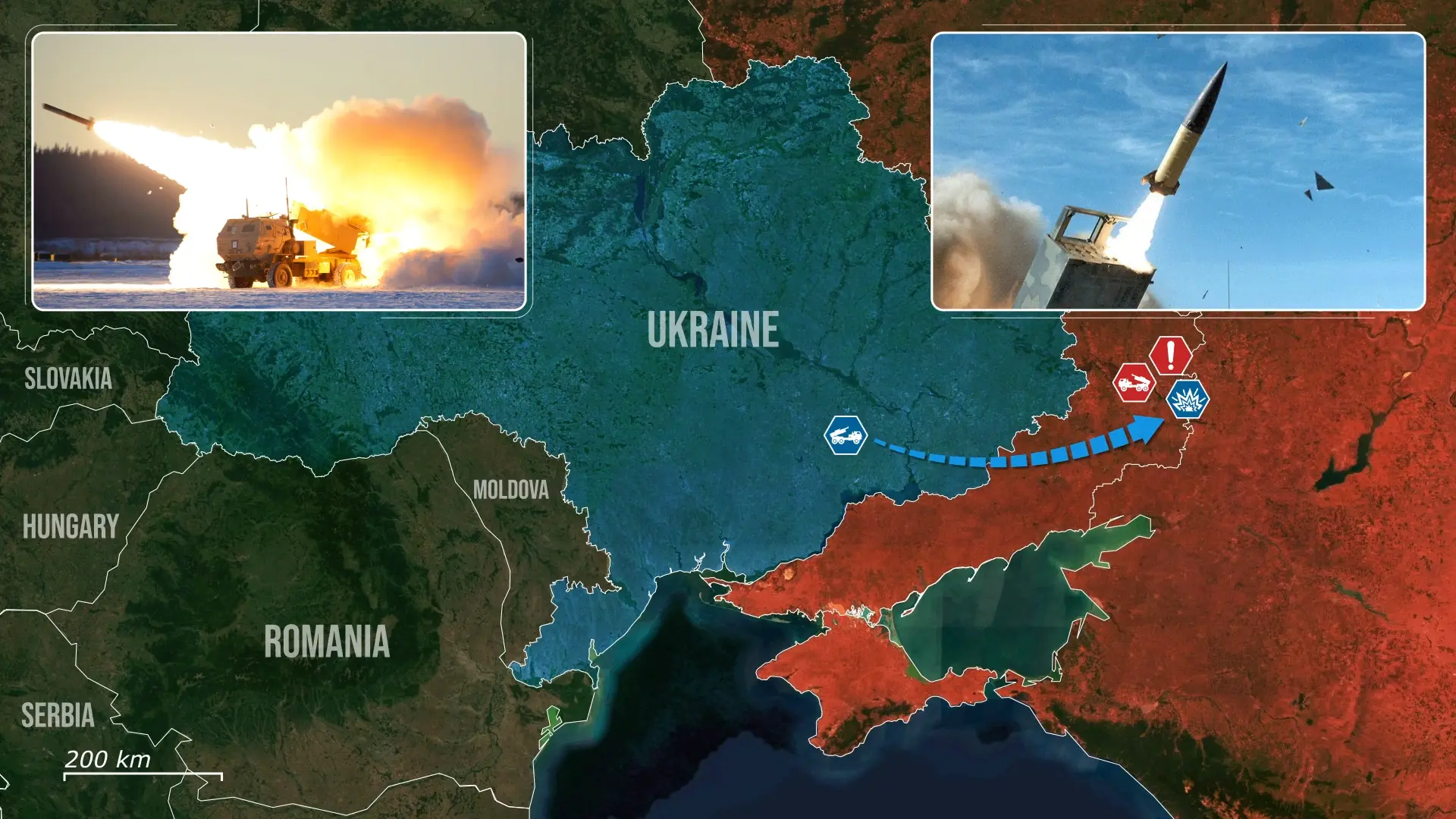
Furthermore, further development on Hi-mars warheads is also being implemented, such as the PRSM, which further extends reach, adds greater lethality per missile, and offers a clear innovation path through seeker and propulsion upgrades.
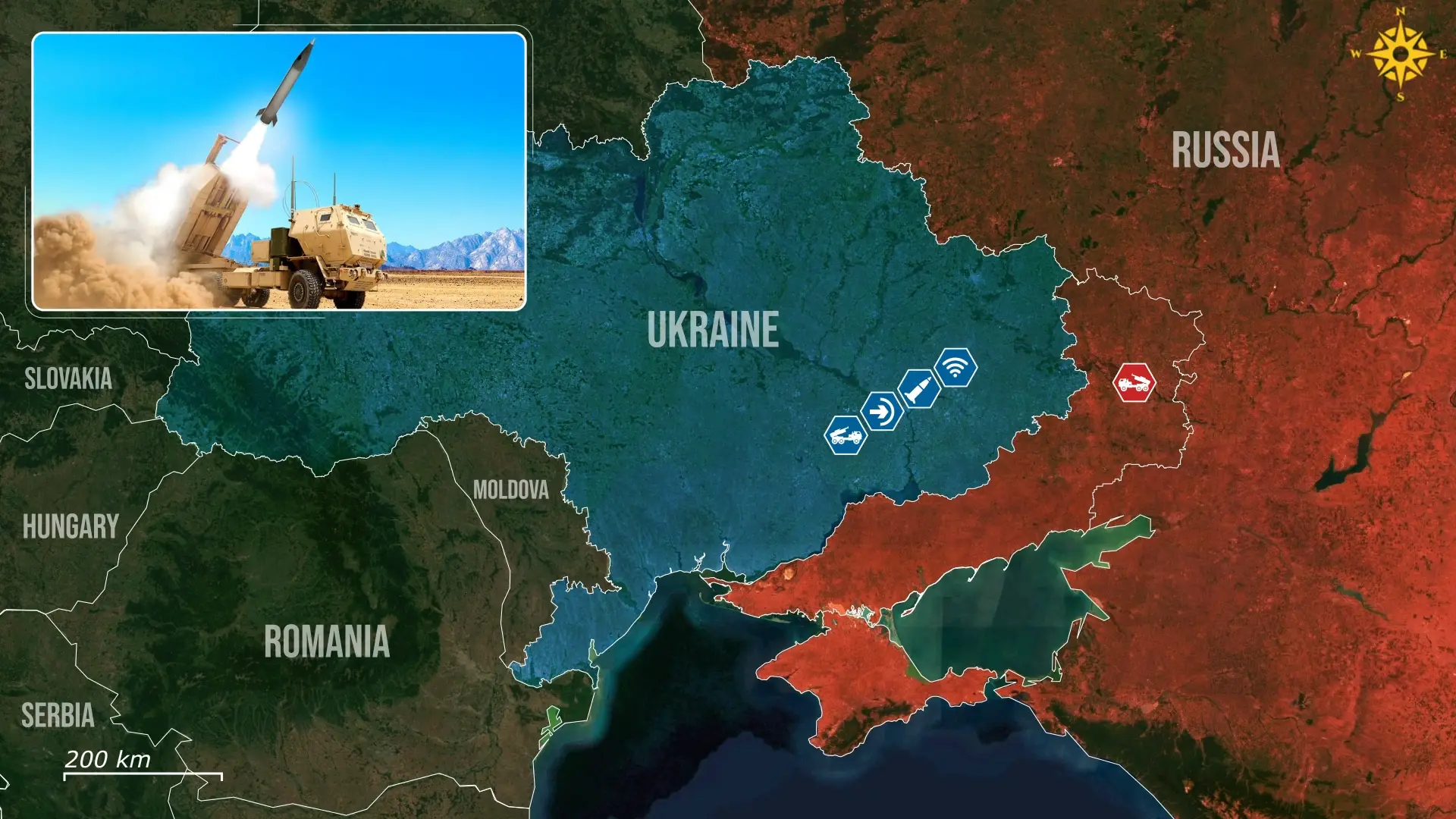
But most importantly, today, Hi-mars outclasses Sarma in every critical domain: precision, integration, and strategic mobility, as it is digitally integrated into Nato’s command-and-control networks, which enables real-time targeting, coordination, and rapid-fire missions.

Overall, the introduction of the Sarma into the Russian army better represents the Russian aspirations rather than being a game-changer. It showcases the Russians’ desire and recognition for the Hi-mars capabilities, which are, however, difficult and expensive to reach in a short time, especially in terms of precision.

In the current state, the Sarma is unlikely to have a noticeable impact in Ukraine, especially when compared to the Hi-mars. While the Sarma represents an improvement in the Russian precise long-range artillery capability, its actual potential faces several constraints, such as cost, scale of production, and integration with legacy military structures.









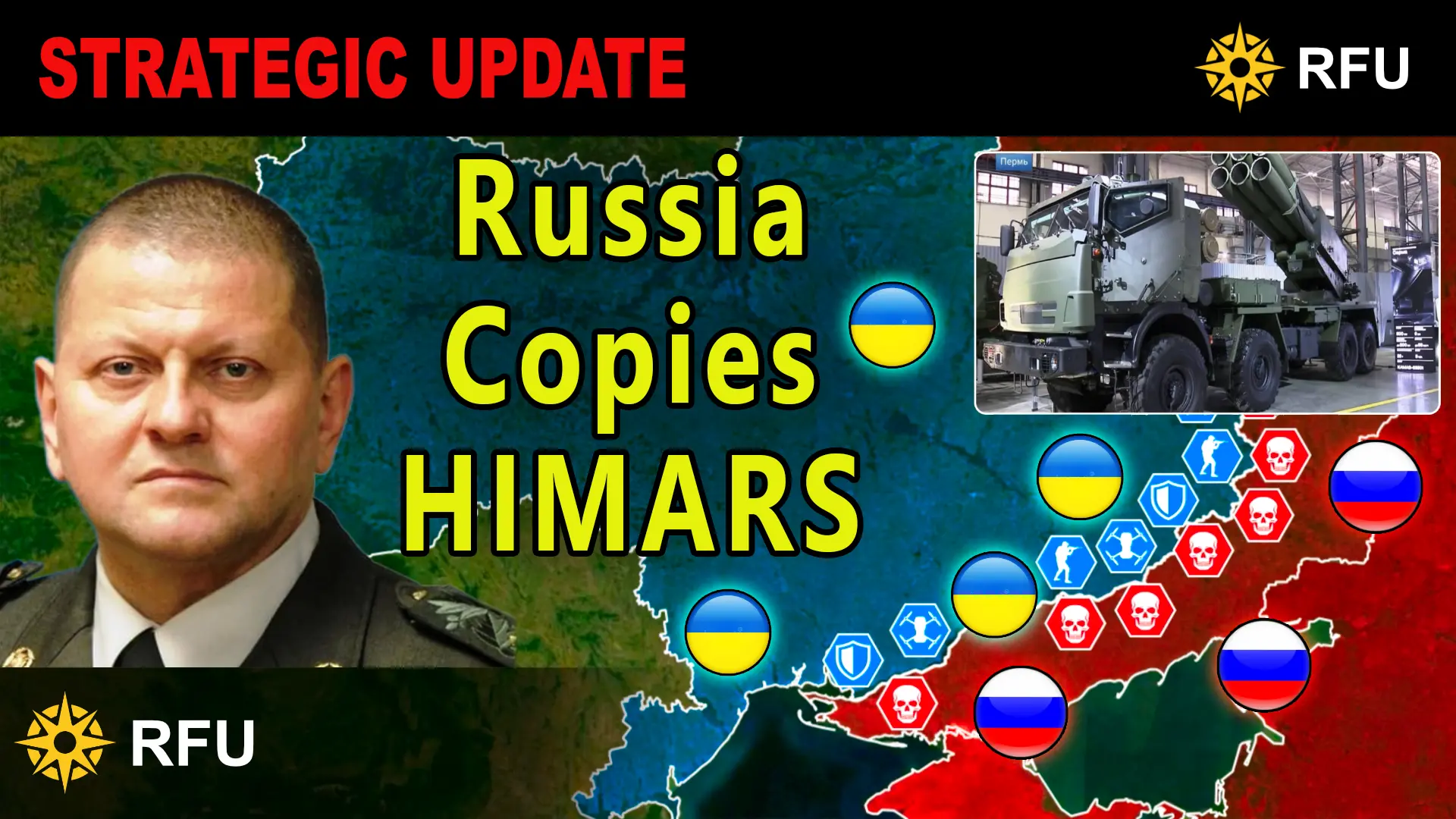
.jpg)


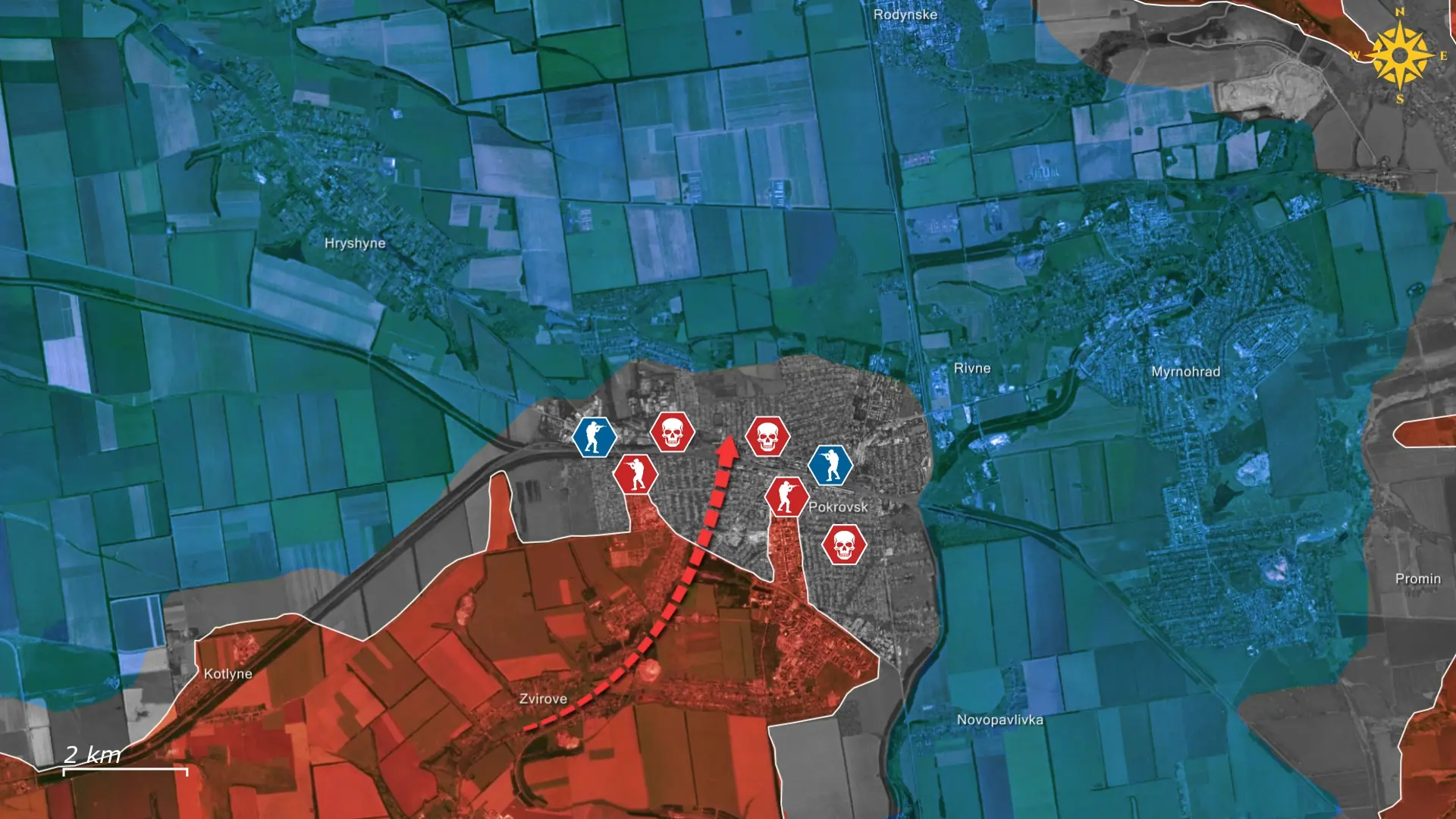
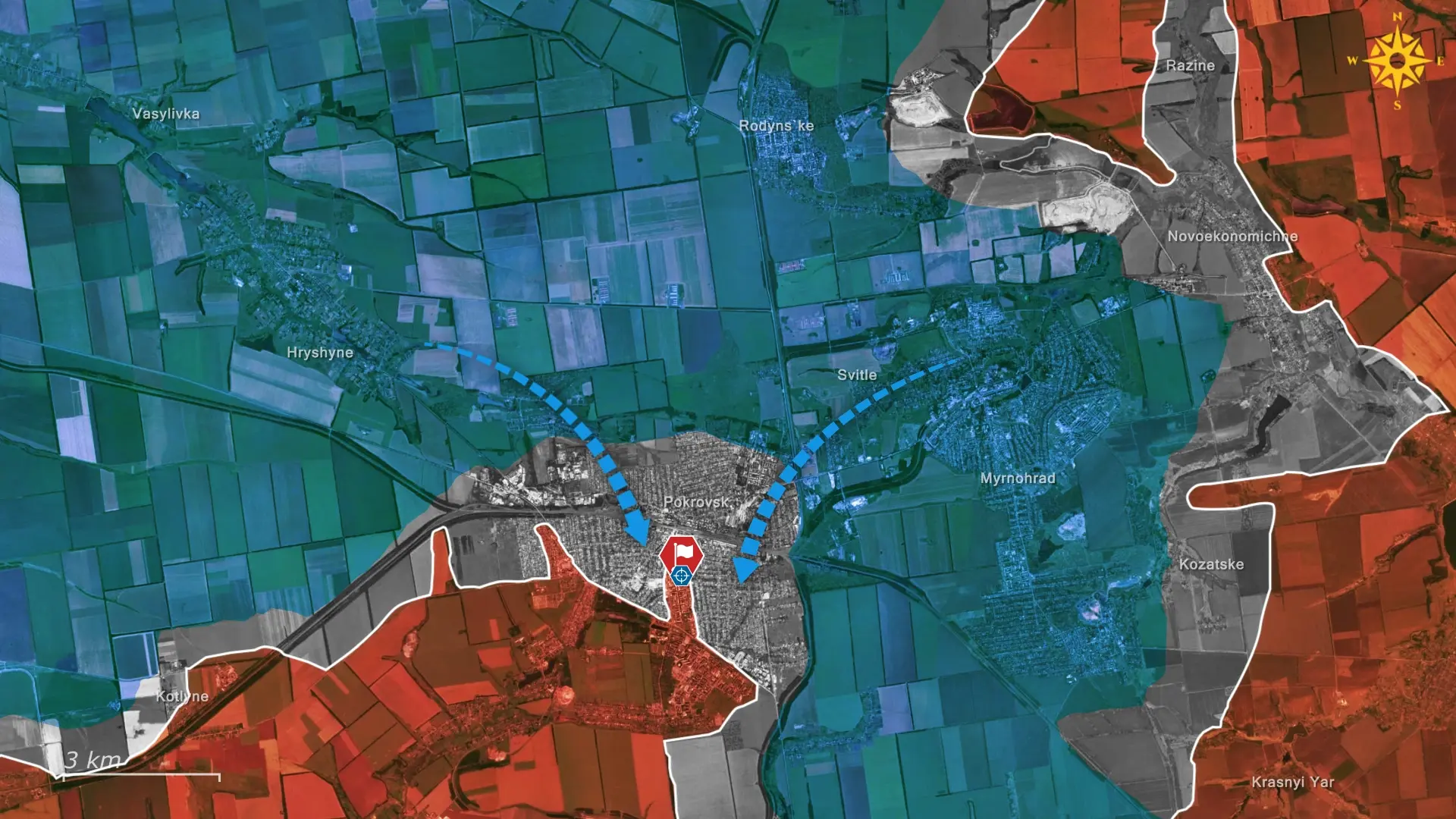
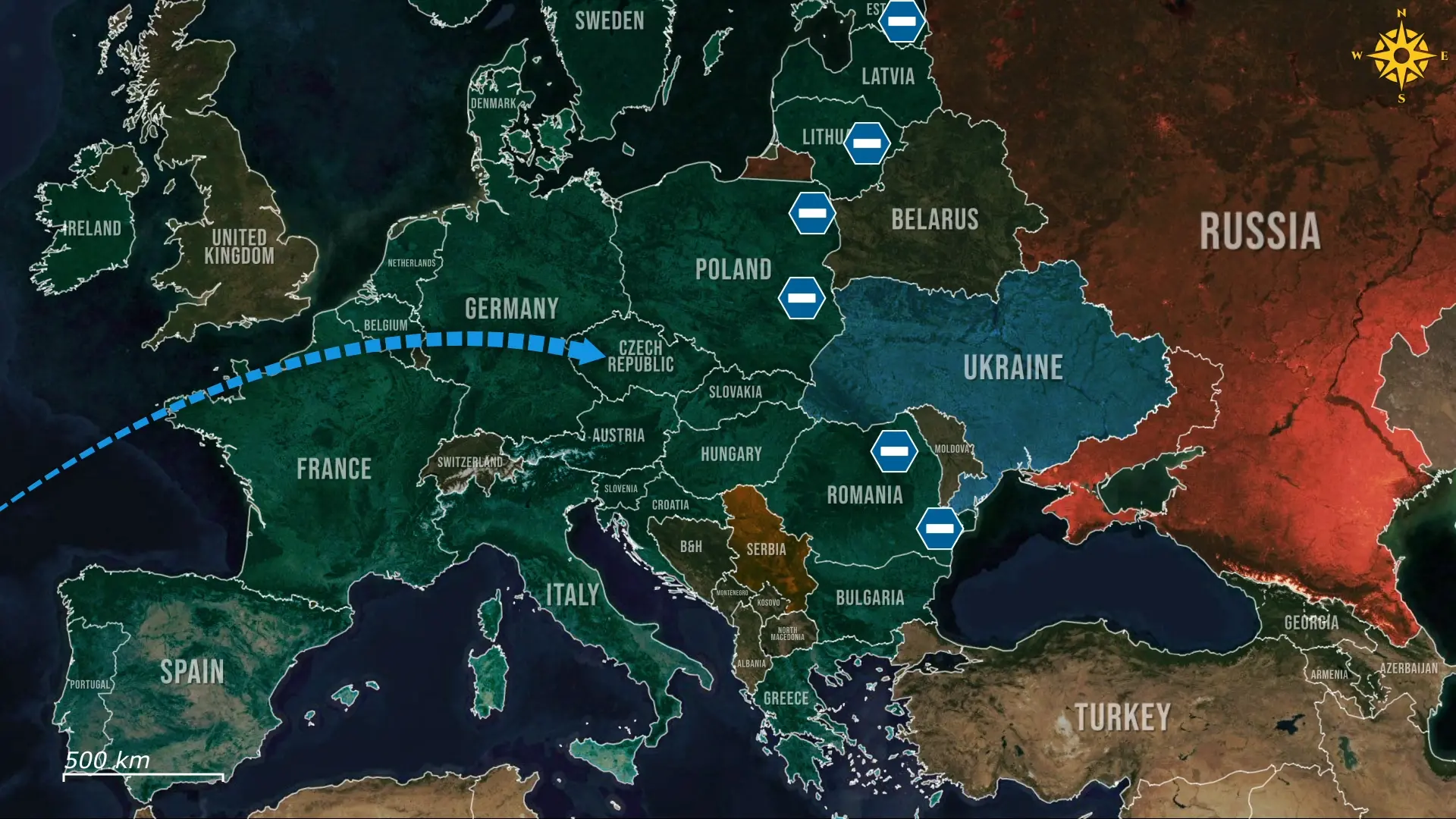
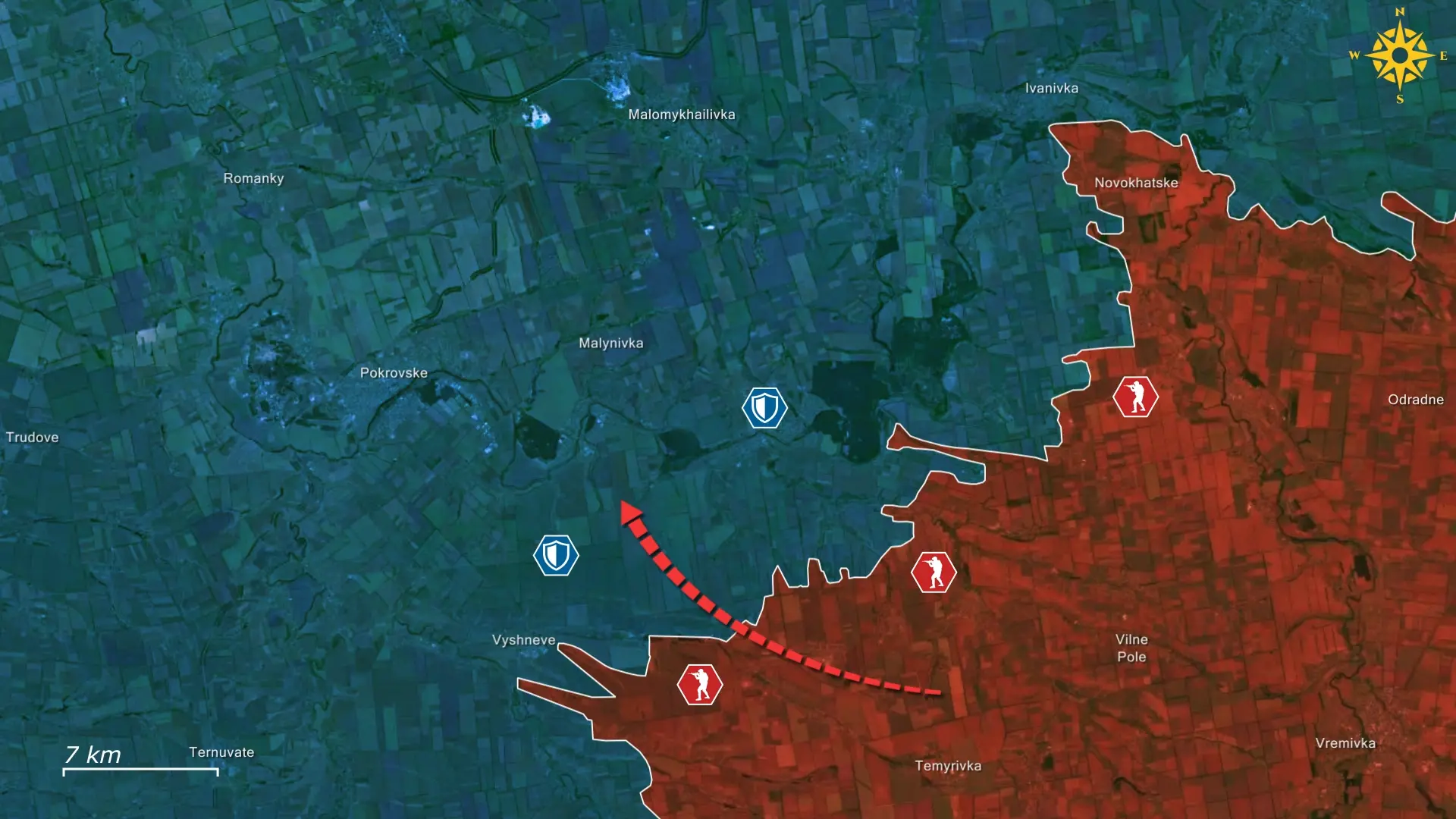
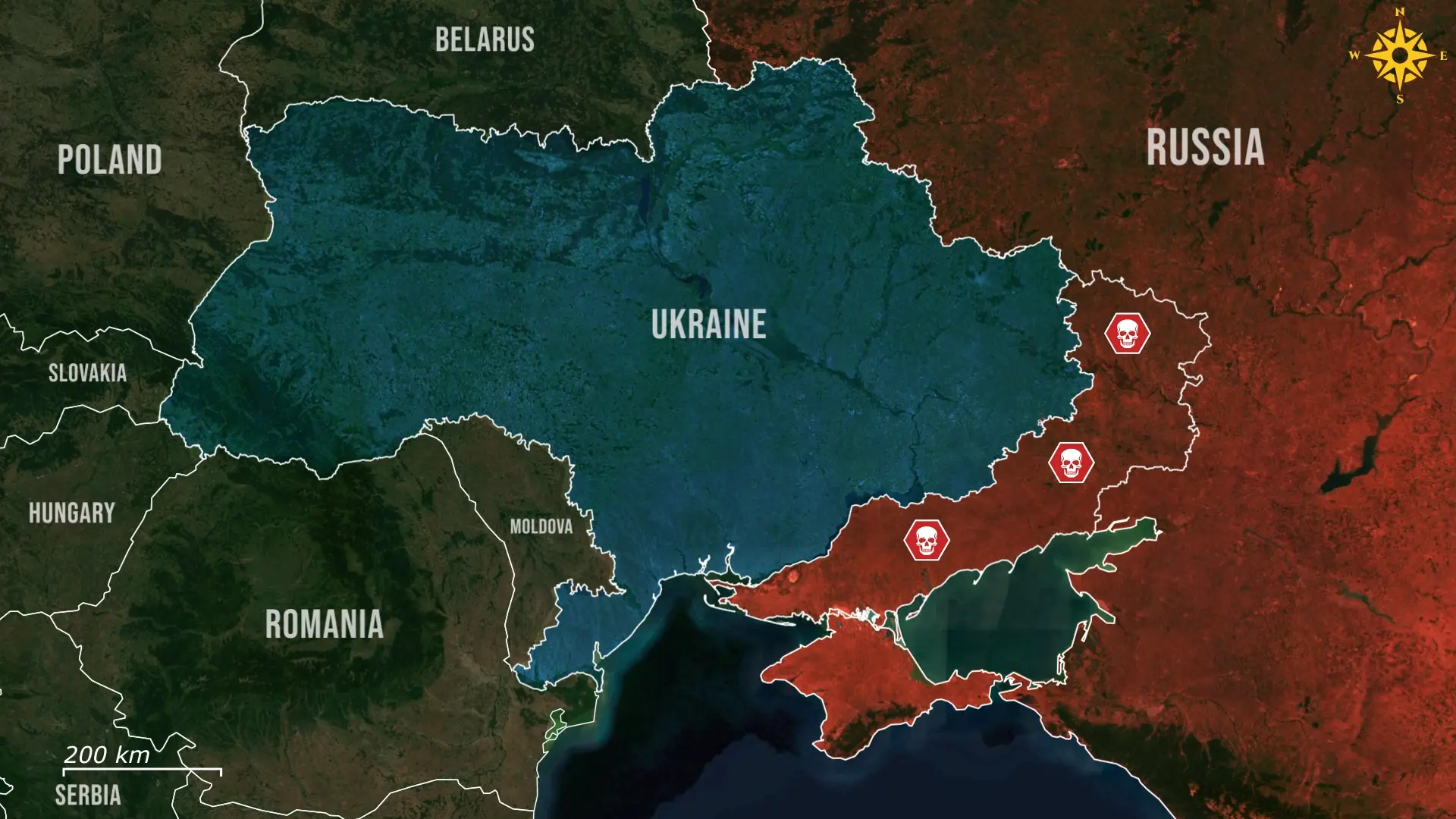
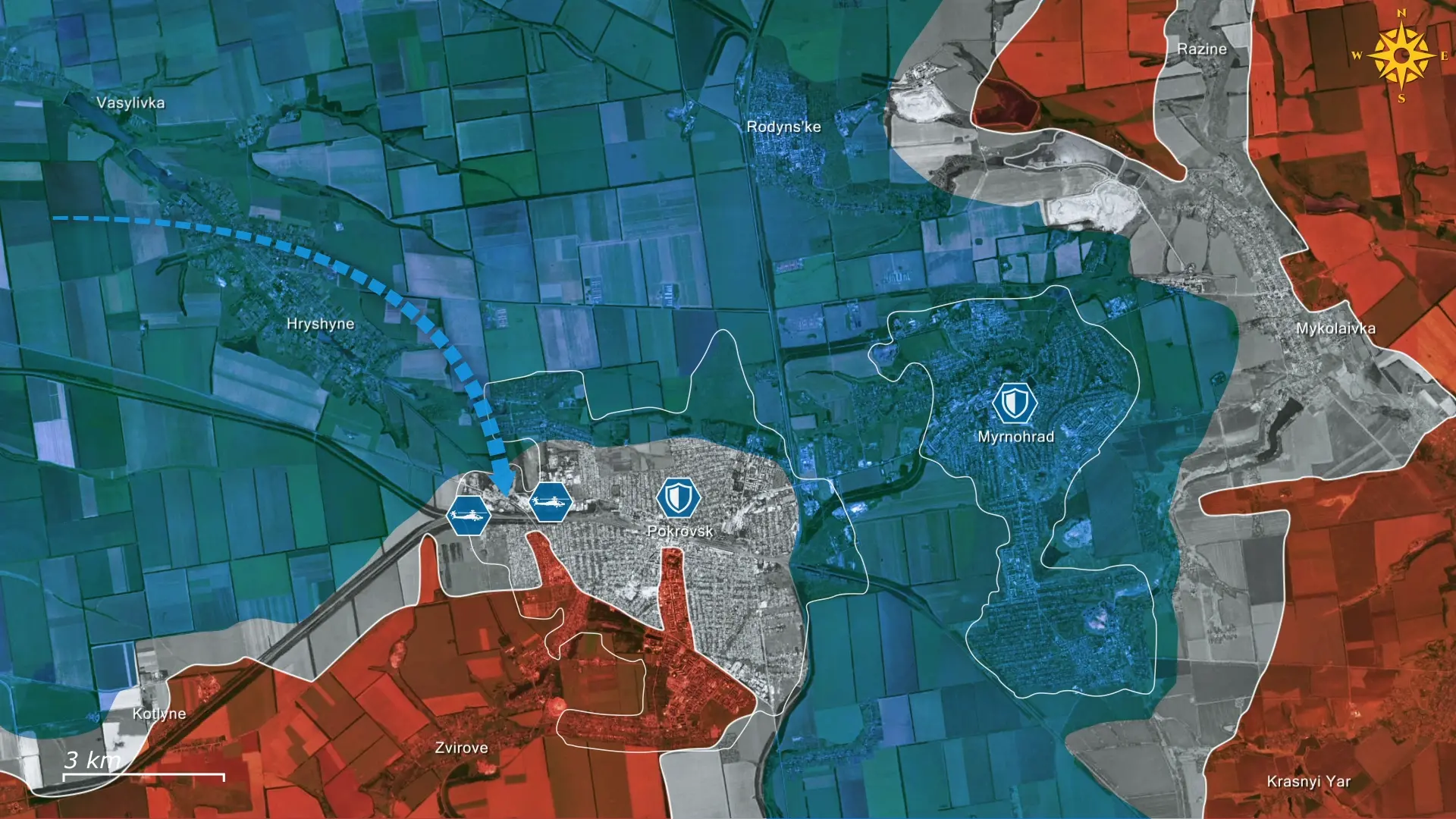
Comments